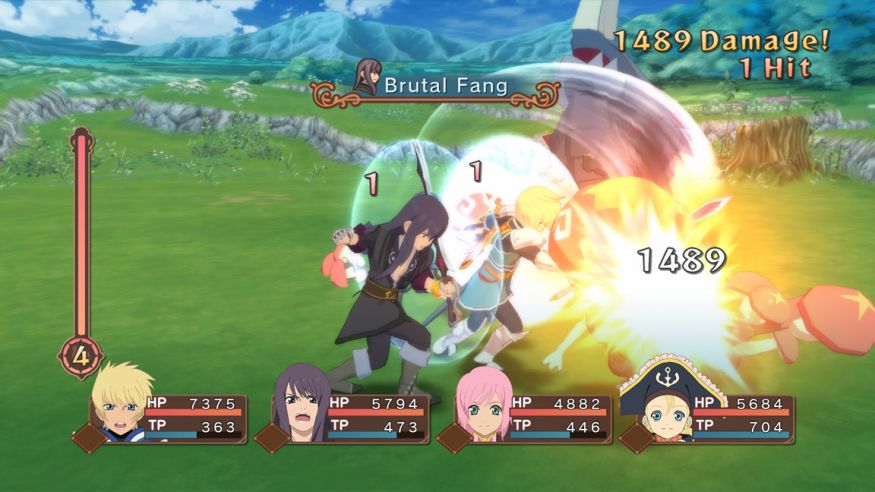Back in 2008, the Xbox 360 wasn’t exactly a haven for RPG games – and it damn sure wasn’t flooded with JRPG games likely due to how badly the Xbox 360 sold in Japan. Because Microsoft’s Xbox 360 released before the PlayStation 3 did, Namco decided to bank on the popularity of the new console in the West and development started in 2005. Alongside other quality JRPG titles on the Xbox 360 such as Lost Odyssey and Blue Dragon, Tales of Vesperia showed up and made one of hell of an impression on gamers, and it was the only one available in the West, as well as in English to boot.
Tales of Vesperia didn’t release in Japan until 2009, which also added two new characters and a bunch more voice work. Tales of Vesperia Definitive Edition looks to bring everyone up to speed as it’s been released across the spectrum and finally gives non-importers or Xbox owners a chance to check out one of the best games released in it’s time along with the DLC originally only available for the PS3 version.
While I’d argue that Tales of Symphonia is the best in the franchise, Tales of Vesperia is certainly nothing to look down at (and it’s better than Zestria and Berseria). There’s a solid 150+ hours of gameplay here if you’re planning on getting all of the achievements/trophies, and the game looks just as vibrant and beautiful as it did when it originally released. The resolution is upgraded, but I think it would have been nice to see the game upscaled to 4K for the PS4 release at least, but it’s a minor nitpick and doesn’t really take away from the improved resolution of the game at all. If you’re unfamiliar with Tales of Vesperia, it starts off with a guy named Yuri, who, for some reason or another, carries around a sword by the chain on the hilt like a strange little fighting purse. He’s in search of a thief who stole the blastia (a source of power that basically gives them drinking water) from the slummy part of the city he lives in, and along the way he meets a girl named Estelle and she joins him on his quest because of course she does. Would it even be a JRPG if the noble doesn’t for some reason decide to accompany someone she’d look down on for some random task that may be life-threatening or worse?

While the story is fairly predictable and kind of lame (also a bit convoluted but nothing compared to Kingdom Hearts), the gameplay and the characters are the heart and soul of what make this game shine. The characters often have discourse, usually throwing out clever quips at each other, while Repede just smokes his pipe and continues to be the best boy in the world of Terca Lumireis. This game is super dialogue heavy, and in some sections you might consider skipping dialogue just to get back into the action. Combat is comprised of real-time battles that allow you to chain attacks as well as artes (skills) together, and sometimes you’ll discover hidden side quests to do by accident during the missions which reward you with different things. The only problem with the combat is that you’re not really given much instruction, and you’re briefly told what you can do before the game expects you to just know and you’re never reminded again. A tutorial system with some meat probably should have been included with this Definitive Edition release instead of something more unnecessary like online leaderboards – but I digress.
Tales of Vesperia still holds up pretty well even in 2019, despite having some annoyances that we’ve now become accustomed to not having to deal with. The fixed camera when in certain areas can make finding semi-hidden items a chore or damn near impossible depending on where it’s at. We’re too used to a freely rotating camera and it feels very dated not having that as an option. At the end of the day, you can’t go wrong with Tales of Vesperia if you’re looking for a great RPG that isn’t Kingdom Hearts III.
Tales of Vesperia Definitive Edition was reviewed using the PlayStation 4 version, and was provided for review by Bandai Namco.





